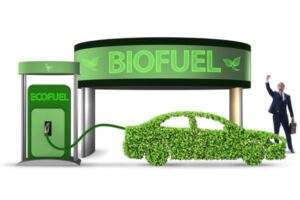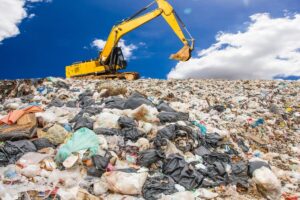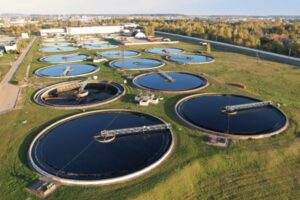In the evolving landscape of waste-to-energy technologies, two thermochemical processes stand out for their ability to convert organic waste into valuable liquid fuels: Hydrothermal Liquefaction (HTL) and Pyrolysis. While both aim to unlock the energy stored in biomass, they operate under distinctly different conditions and are suited for different types of waste streams. Understanding these differences is crucial for selecting the optimal solution for your specific needs.
Understanding Hydrothermal Liquefaction (HTL)
Hydrothermal Liquefaction (HTL) is a thermochemical conversion process that transforms wet biomass (such as sewage sludge, agricultural residues, and certain industrial wastes) into biocrude oil under moderate temperatures (250-370°C) and high pressures (10-25 MPa) in the presence of water. The key advantage of HTL is its ability to process feedstocks with high moisture content without the need for energy-intensive pre-drying.
Key Characteristics of HTL:
- Wet Feedstocks: Ideal for high-moisture organic wastes (50-90% water content).
- Moderate Temperatures, High Pressure: Operates in a subcritical or supercritical water environment.
- Primary Product: Biocrude oil (a direct substitute for fossil crude oil, requiring further refining).
- Byproducts: Aqueous phase (containing dissolved nutrients), gas, and char.
Understanding Pyrolysis
Pyrolysis is a thermochemical process that decomposes organic materials at high temperatures (300-800°C) in the complete absence of oxygen. This rapid heating causes the biomass to break down into a liquid product called bio-oil (or pyrolysis oil), as well as solid char and non-condensable gases.
Key Characteristics of Pyrolysis:
- Dry Feedstocks: Requires relatively dry biomass (typically <10-15% moisture content).
- High Temperatures, Absence of Oxygen: A thermal decomposition process.
- Primary Product: Bio-oil (a lower-grade liquid than biocrude, often requiring significant upgrading for fuel applications).
- Byproducts: Syngas and biochar.
HTL vs. Pyrolysis: A Comparative Look
| Feature | Hydrothermal Liquefaction (HTL) | Pyrolysis |
|---|---|---|
| Feedstock | High-moisture (sludge, manure, food waste) | Dry (wood chips, crop residues) |
| Water Presence | Required (reaction medium) | Excluded (inhibits process) |
| Temperature | Moderate (250-370°C) | High (300-800°C) |
| Pressure | High (10-25 MPa) | Atmospheric or slight vacuum |
| Liquid Product | Biocrude (more stable, lower oxygen) | Bio-oil (less stable, higher oxygen content) |
| Pre-treatment | No drying needed; dewatering may apply | Requires significant drying |
| Energy Input | Less energy for drying; high pressure | More energy for drying; less pressure |
Which is Right for Your Waste Stream?
The choice between HTL and Pyrolysis largely depends on the characteristics of your available waste stream:
- Choose HTL if: Your primary feedstock is wet and high in moisture content, such as municipal sewage sludge, food waste, animal manures, or aquatic biomass. HTL streamlines the process by eliminating the energy-intensive drying step, making it highly efficient for these specific wastes. Clean Stream Fuels specializes in optimizing HTL for these challenging, wet organic materials.
- Choose Pyrolysis if: Your primary feedstock is dry lignocellulosic biomass, like wood waste, agricultural residues (straw, husks), or dried solid municipal waste. If you have readily available dry biomass, pyrolysis can be an effective route to produce bio-oil.
Clean Stream Fuels focuses on advanced Hydrothermal Liquefaction (HTL) because we recognize the massive potential of wet organic wastes often neglected by other technologies. Our expertise allows us to provide a sustainable and economically viable solution for converting these challenging feedstocks into valuable biocrude.

Partner with Clean Stream Fuels for the Right Solution
Understanding the nuances of these technologies can be complex. Clean Stream Fuels offers expert consultation to assess your specific waste stream, evaluate its characteristics, and recommend the most suitable waste-to-energy solution. Our goal is to help you maximize resource recovery, reduce disposal costs, and contribute to a cleaner environment. Contact us today to discuss how we can tailor a solution for your needs and explore the benefits for commercial partners.
#HTL #Pyrolysis #WasteToEnergy #BiofuelProduction



